
Color makes the world go round, or at least help us figure out how to make it go round. Different colors may have different meanings and significance in various scenarios from traffic lights to highway speed limit signs. We identify places, people, and things all by the colors they adorn via clothing, banners, wrappers, and many other things. Not to mention the overwhelming role that color plays in art. Black and white art is, of course, immensely beautiful but there's nothing quite like a colorful canvas or multicolored mural to leave you staring in awe.
What is truly amazing about colors is the sheer number of colors that exist on the spectrum and the uniqueness of each one. We might be most familiar with the colors of the rainbow. However, if you look beyond the usual reds, yellows, and greens, you’ll find some commonly seen colors that aren't very commonly known. Some colors range carefully between beautiful and strange, both in name and appearance. Take a look at these odd colors that you will definitely recognize, though the names and origins will undoubtedly be unknown to you. Until now that is.
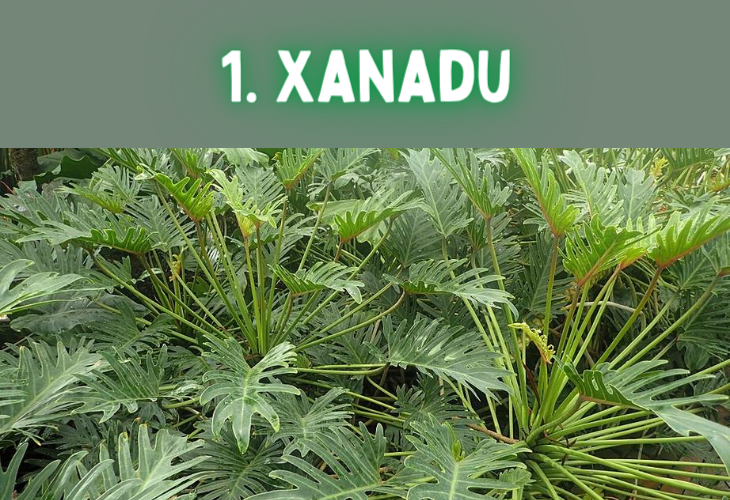
(By Krzysztof Ziarnek, Wikimedia Commons)
This color has no relation to the 1980 film of the same name that starred Olivia Newton-John. It is believed to have been named after an Ancient Chinese city located within the region of Inner Mongolia. The color itself is a greenish shade of gray, derived from the leaves of the Philodendron plant.
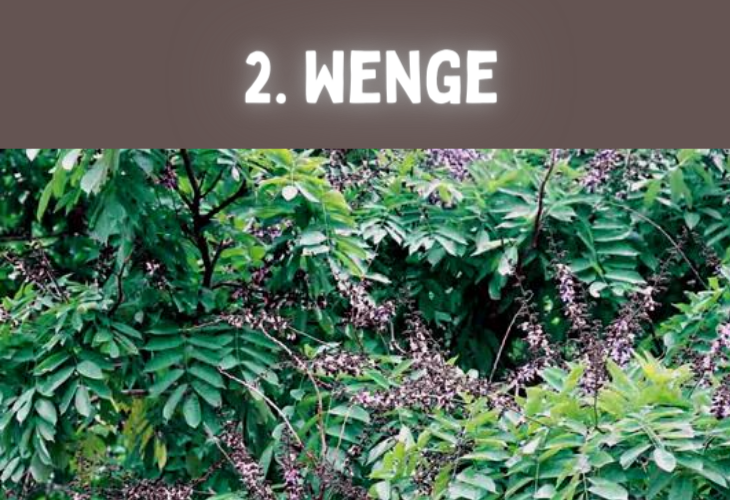
(By Gemeinfrei, Wikimedia Commons)
The next time you go furniture shopping, you’ll notice this color everywhere and now you’ll know its name! Its a color most commonly seen on wooden articles, appearing similar to the usual dark brown color of wood with added copper tinges. The original wenge wood was derived from the endangered legume tree, Millettia laurentii.
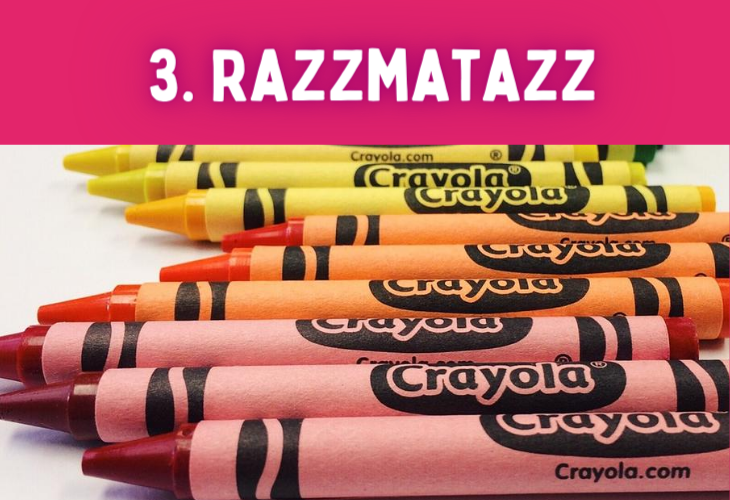
You’ve probably heard this word a lot, alongside other phrases like pizzazz and razzle-dazzle (because z’s are always more fun in bulk). You may have heard of the liqueur, or in exceptional cases, the 1980’s British television series of the same name. The color was finally created by Crayola in 1993 and sold in their Big Box of 96. It was named by then five-years-old Laura Bartolomei-Hill, during the Crayola “Name the New Color” Contest.
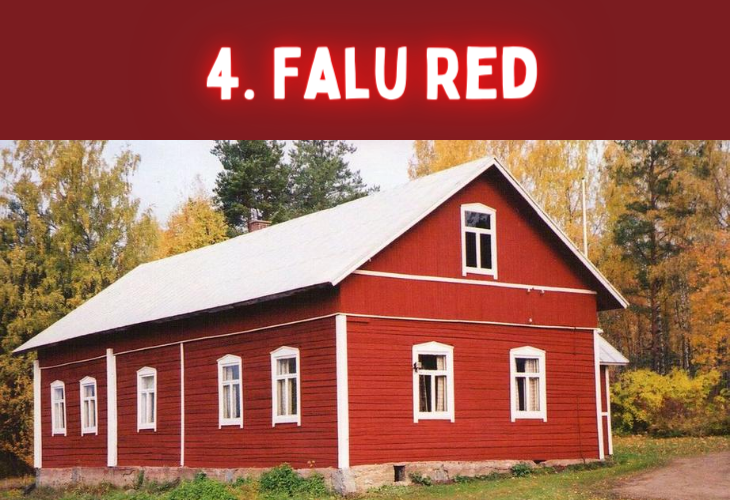
(By Thadius856., Wikimedia Commons and By D100a, Wikimedia Commons)
This is a fun shade of deep red with a dark tint to it. The color originated in a copper mine of Falun, a city in Dalarna County, Sweden. It is commonly found on wooden houses and cottages in the countryside. Its intended purpose was to mimic the color of pricey brick houses but was discovered to have the added advantage of preserving wood extremely well.

(By Nwbeeson, Wikimedia Commons)
This vivid shade of yellow draws the line somewhere between royal yellow and mustard. Both Kazakhstan and Colombia bear this color on their national flag. It was once a common color borne by Lincoln automobiles and is still frequently used in dyes for various textiles. Mikado is also the name of a flowering plant native to Brazil.
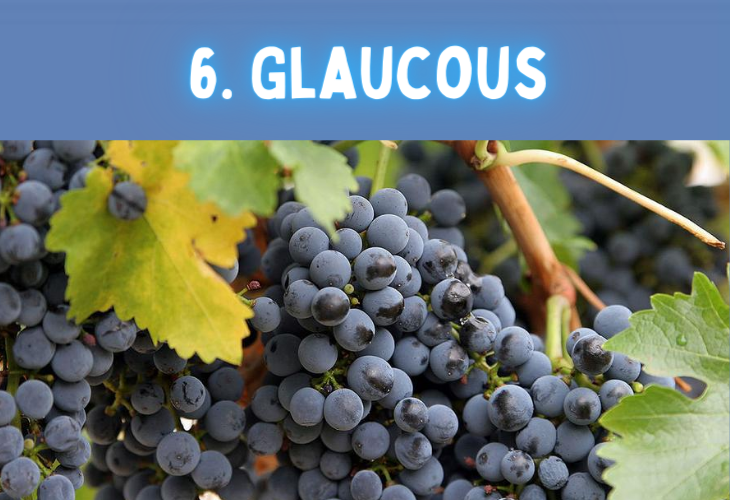
(By fir0002flagstaffotos, Wikimedia Commons)
A blue shade with hints of green and gray, Glaucous was first used to describe the common and harmless residue that coats plums and grapes. It was only later, in 1671, that the meaning of the word was expanded to also include this unique color that is a blend of blue-gray and blue-green. There is no notable relation to the Glaucous-winged seagull.
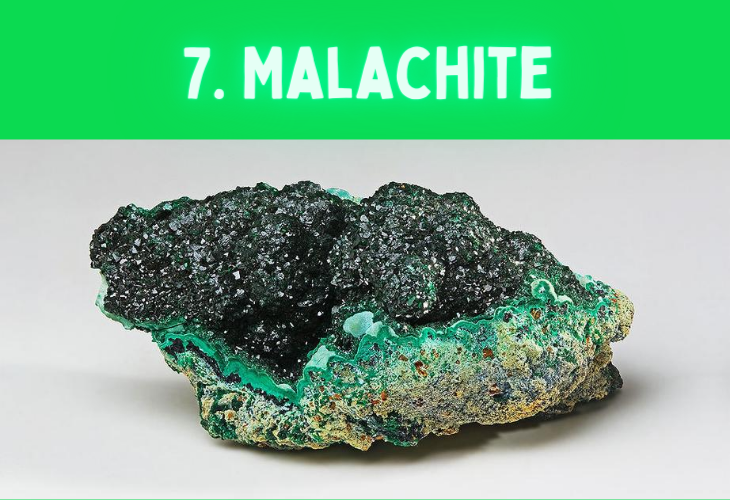
(By JJ Harrison, Wikimedia Commons)
Malachite is a shade of green that gets its name from a copper carbonate hydroxide mineral that was commonly used as a pigment in paints, providing varied green-based colors. In ancient Egypt, this rock was held in high regard as a symbol of varied meanings, from death and resurrection to life and fertility. It was first in the 13th century that the term “malachite” was used to describe this vivid color.

(By Florimagix, Wikimedia Commons)
Another deeper shade of yellow, equal parts saffron and mustard, Gamboge is a pigment extracted from the resin of a variety of evergreen trees. The most common tree for this use if the gamboge tree, which also bears a fruit of the same name. This color bears a striking resemblance to that of the traditional robes of Theravada Buddhist monks, making the pigment a popular dye for contemporary Buddhist monks.

(Flickr)
The word ‘Eburnean’ usually describes something with a shape, texture, and hue similar to that of ivory, or simply put “as white as ivory”. The color of the ivory tusks of elephants is not pure white and has a yellowish tinge. Much like the color ivory, Eburnean is a heavily white shade with a tinge of color added to it.
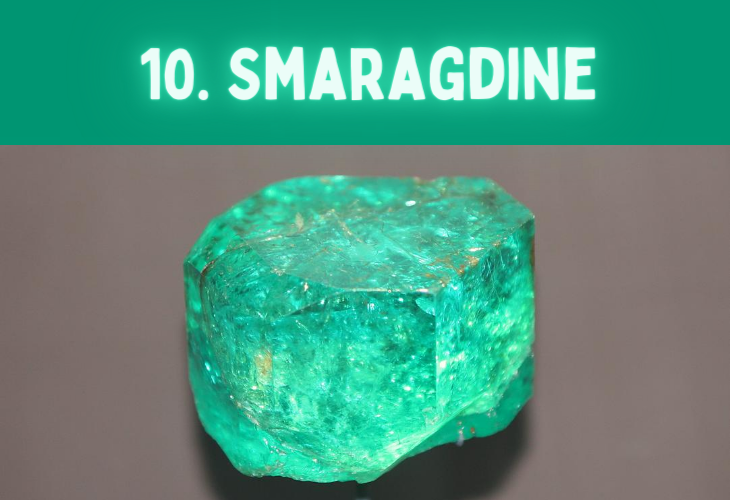
(Flickr)
Smaragdine is defined as an adjective that means of or pertaining to emeralds and is used to refer to items that are emerald green. It is also the name of a specific grass-green mineral that is formed within the Eklogite rock. This slightly darker emerald-esque color was awarded the title of Pantone Color of the Year in 2013.
Found this article interesting? Why not share it?